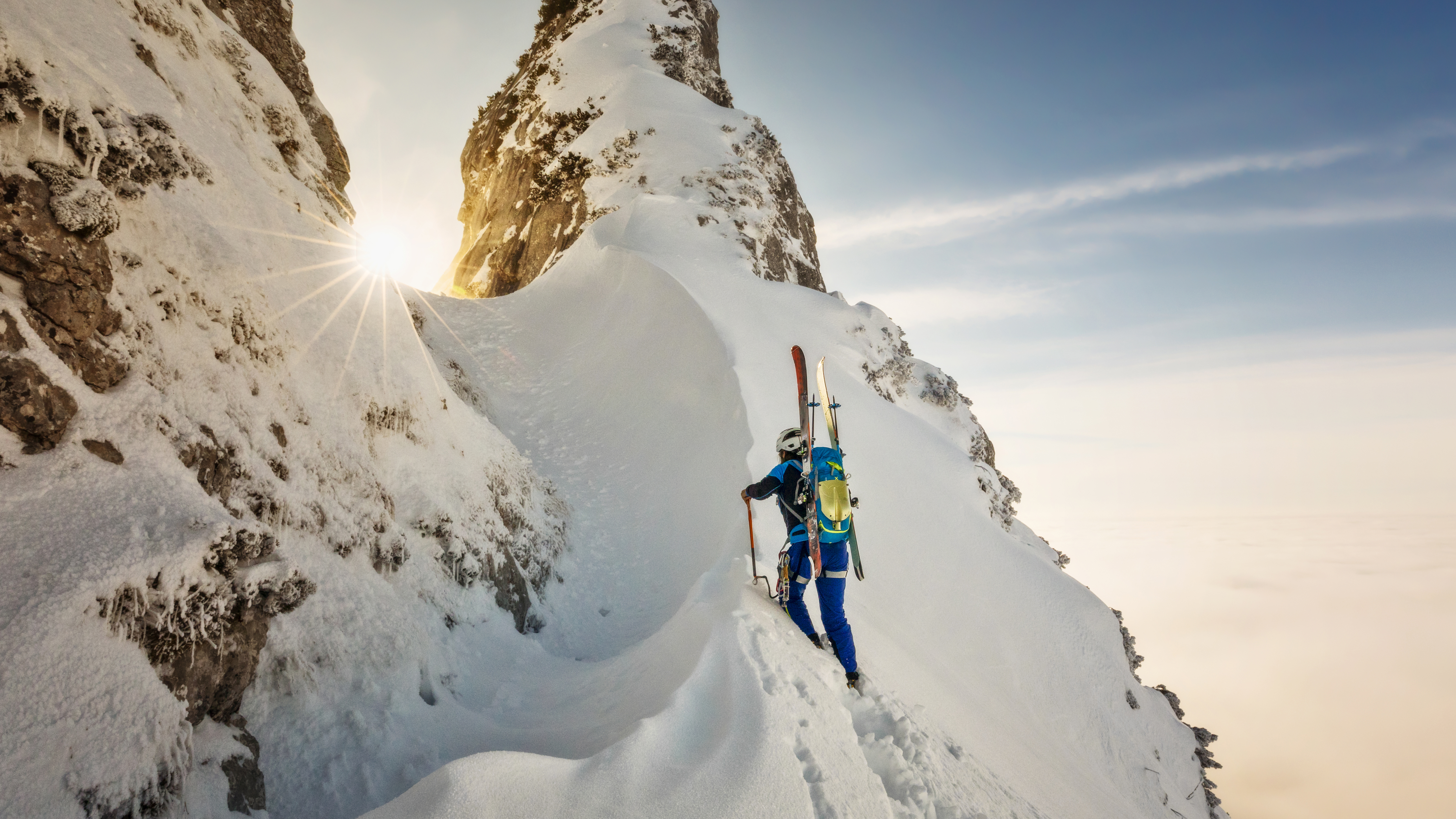Winter Olympic sports are exciting to watch and one of the reasons is because of the massive speed of the different events.
Most winter sports involve a sled, skis, board or blade, and when you add ice into the mix, you can expect people to be moving at a very high pace.
Luge is one of the fastest sports on ice.
With both men's and women's single events, men’s doubles and a mixed team relay event, luge continues to be a Winter Olympics favorite, and this time around is no different.
Get San Diego local news, weather forecasts, sports and lifestyle stories to your inbox. Sign up for NBC San Diego newsletters.
Here's everything you need to know about luge at the Beijing Olympics:
How does luge work?
Luge is a one or two-person event where an athlete lies on their back on a flat sled and races down a specially designed ice track.
Beijing 2022 Winter Olympics
Watch all the action from the Beijing Olympics live on NBC
If a slider crosses the finish line without his sled, the run is thrown out, which means automatic disqualification since all of the run times count toward the final score. However, the slider can cross the finish line carrying their sled, and the run will still count.
What equipment is used in luge?
The equipment involved is relatively simple. It includes gloves, boots, a helmet and the sled.
The sled is made from fiberglass and steel and is custom-made for the athlete based on their height and weight.
The sled rides on two sharp-bottomed blades known as runners, the only part of the sled that makes contact with the ice.
What are the different events in luge?
There are four luge events that take place at the Olympics: men's singles, women singles, mens doubles and mixed team relay event.
The mixed team relay event was added to the program in 2014.
Each nation is allowed to enter a maximum of three men, three women, two doubles teams and one relay team. No more than 106 luge athletes can participate at the Games.
How dangerous is luge?
With speeds that can reach over 90 mph, luge is one of the most dangerous sports at the Olympic Games.
Accidents and injuries are common during competition.
Has anyone died competing in the Olympics?
Some athletes have died while training for luge at the Games.
Two weeks before the start of the 1964 Innsbruck Games, Polish-born British luger Kazimierz Kay-Skrzypeski died on the luge track during a practice run.
Georgian luger Nodar Kumaritashvili also died before the Opening Ceremony of the 2010 Vancouver Olympics after losing control of his sled on a training run and hitting a steel pole that was unpadded.
The International Luge Federation conducted an investigation where they determined that human error was the cause of the deadly training run crash. While there was no indication that the accident was caused by deficiencies in the track, it was later redesigned with higher walls and padded beams, now meant to limit speeds to just about 87 miles per hour.
What is the difference between luge and skeleton?
Luge and skeleton are similar but have differences. One of the biggest differences between luge and skeleton is that with luge, competitors sled down the track on their backs whereas skeleton competitors sled head-first on their stomachs.
The luger steers by using his or her calf muscles. The sled has handles on the side for the slider to brace themselves.
What's faster, luge or skeleton?
Skeleton is the slowest of the three Olympic sliding sports.
The sled that is used in skeleton is thinner and heavier than the luge sled, and is controlled with the competitor’s head and shoulders.
What's the difference between luge and bobsled?
Bobsled, which comes in teams of two and four, has to be pushed for up to 50 meters before the crew jumps in for the rest of the ride down the course.
The bobsled’s seats are almost like that of a small car. Runners at the bottom of the sled help propel it down the icy course.
Unlike luge, bobsled also has a mechanism that steers the sled that can be controlled by the driver. Bobsled depends on team discipline more than luge.
Which countries are good at luge?
Germany is the most dominant when it comes to luge.
Since the addition of luge in the 1964 Winter Games, German athletes have won 81 of the 141 medals awarded for it, and 34 of 48 gold medals.
In the singles events, a German man or woman has taken home 20 out of the 30 combined Olympic titles.
Austria’s Olympic luge team has won the second-most medals (22) and third-most golds (six).
Italy follows behind with 22 total medals and the second-most golds (seven).




